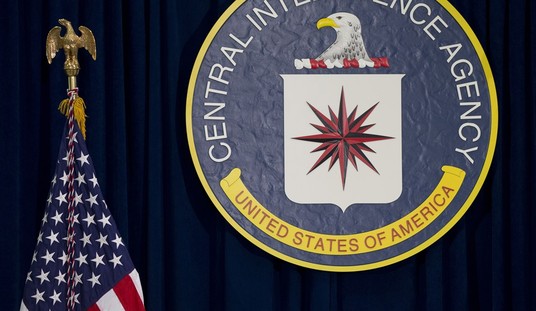With victory in sight, Barack Obama's supporters are predicting that he will give us a new New Deal. To see what that might mean, let's look back on the original New Deal.
The purpose of New Deal legislation was not, as commonly thought, to restore economic growth but rather to freeze the economy in place at a time when it seemed locked in a downward spiral. Its central program, the National Recovery Administration (NRA), created 700 industry councils for firms and unions to set minimum prices and wages. The Agricultural Adjustment Act (AAA), the ancestor of our farm bills, limited production to hold up prices. Unionization, encouraged by NRA and the 1935 Wagner Act, was meant to keep workers in jobs that the unemployed would have taken at lower pay.
These policies did break the downward spiral. But, as Amity Shlaes points out in "The Forgotten Man," they failed to restore growth. Double-digit unemployment continued throughout the 1930s; despite population growth, the economy failed to rebound to 1920s production levels. High taxes on high earners (a Herbert Hoover as well as Franklin Roosevelt policy) financed welfare payments ("spread the wealth around") but reduced investment and growth.
The political verdict was negative. New Dealers were whalloped in the 1938 off-year elections. Polls show that Democrats would have lost the White House in 1940 if that election had been decided on domestic issues. But war loomed. France fell in June 1940, just before America's two national party conventions, and Adolf Hitler and his then-ally Joseph Stalin controlled most of the landmass of Eurasia. Republicans did not have an experienced leader in this world crisis -- Democrats did: Franklin Roosevelt, who cynically engineered his nomination for a third term and then swept to victory on foreign policy.
Recommended
Roosevelt had thought that economic expansion was a thing of the past. But World War II stimulated huge growth in the American economy. New Deal welfare programs like the Civilian Conservation Corps and the Works Progress Administration (WPA) arts program were terminated. Wartime domestic policies were growth stimulators. Veterans Administration home mortgage loans, building on the FHA mortgage program, encouraged home-buying and after the war converted a nation of renters to a nation of homeowners. The G.I. Bill of Rights subsidized higher education for millions of veterans. These programs stimulated growth partly because they required real effort -- down payments, military service -- from beneficiaries before they received aid.
The postwar Republican Congress elected in 1946 dismantled some New Deal anti-growth policies. Labor unions' powers to strike were sharply restricted. Tax rates were lowered, and wage and price controls were dismantled. Many hold-the-economy-in-place policies were retained until the deregulation of the 1970s and 1980s. But the New Deal was transformed sufficiently to permit buoyant economic growth for two decades after the war.
Obama seems determined to follow policies better suited to freezing the economy in place than to promoting economic growth. Higher taxes on high earners, for one. He told Charlie Gibson he would raise capital gains taxes even if that reduced revenue: less wealth to spread around, but at least the rich wouldn't have it -- reminiscent of the Puritan sumptuary laws that prohibited the wearing of silk. Moves toward protectionism like Hoover's (Roosevelt had the good sense to promote free trade). National health insurance that threatens to lead to rationing and to stifle innovation. Promoting unionization by abolishing secret ballot union elections.
The impulse to social engineering is unmistakable. Government officials will allocate resources, redistribute income, and ration good and services. Use government stakes in banks, insurance companies and Detroit auto manufacturers to maintain the position of those already in place, at the cost of preventing the emergence of new enterprises that might have been spawned by the capital being allocated.
Social engineering of course is far easier when you are dealing with an economy that is frozen in place. It's harder when you have to deal with the creative destruction, the emergence of new firms and businesses, and the decline of old ones, which as Joseph Schumpeter taught is the inevitable consequence of economic growth.
Roosevelt in the 1930s had some extremely competent social engineers, like Harry Hopkins, Harold Ickes and Fiorello LaGuardia, who could enroll 750,000 people on welfare in three weeks and build an airport in less than a year. But even they could not spur the economic growth produced by utterly unknown and unconnected people, as Warren Buffett and Bill Gates were in 1970.
When financial crisis looms, there is an impulse to freeze everything in place and accept what is as the best there can ever be: Barack Obama's new New Deal. The history of the old New Deal suggests this is not a sustainable approach in the long run.
























Join the conversation as a VIP Member